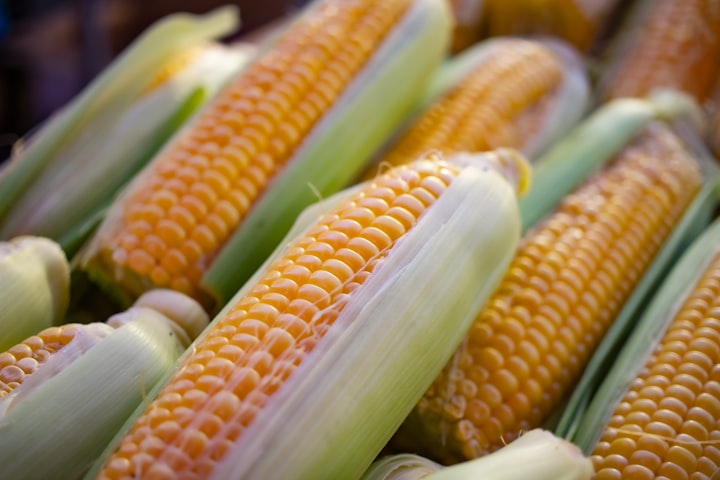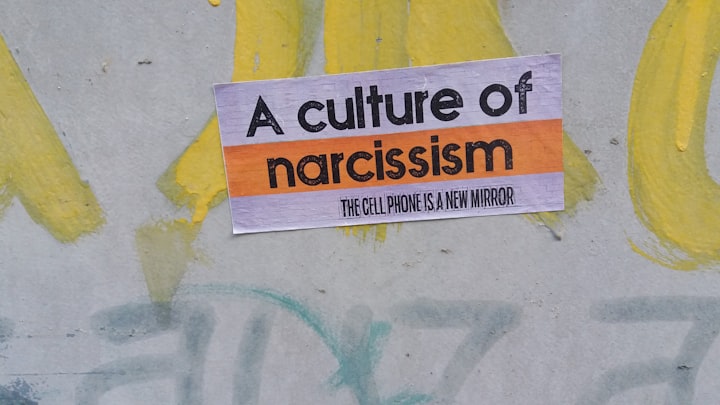
Corn currently accounts for a couple of tenth of our global crop manufacturing.
the usa on my own has sufficient cornfields to cover Germany.
but even as other plants we develop are available a variety of varieties,
over 99% of cultivated corn is the precise same kind: Yellow Dent #2.
because of this human beings grow greater Yellow Dent #2
than any other plant in the world.
So how did this unmarried variety of this unmarried plant
emerge as the largest success tale in agricultural history?
almost nine,000 years ago, corn, additionally known as maize,
become first domesticated from teosinte, a grass native to Mesoamerica.
Teosinte’s rock-tough seeds had been slightly fit for human consumption,
but its fibrous husk may be was a flexible cloth.
Over the next 4,seven hundred years, farmers bred the plant into a staple crop,
with large cobs and suitable for eating kernels.
As maize unfold in the course of the Americas, it took on an essential role,
with a couple of indigenous societies revering a “Corn mom”
as the goddess who created agriculture.
when Europeans first arrived in the united states, they kept away from the unusual plant.
Many even believed it was the supply of bodily and cultural differences
between them and the Mesoamericans.
but,
their attempts to cultivate ecu vegetation in American soil speedy failed,
and the settlers have been compelled to make bigger their weight-reduction plan.
finding the crop to their taste, maize quickly crossed the Atlantic,
in which its ability to grow in numerous climates made it a popular grain
in lots of ecu nations.
but the newly installed u.s.a. turned into nevertheless the corn capital of the sector.
inside the early 1800’s, specific regions across the united states
produced traces of various size and taste.
in the 1850’s, however,
those specific varieties proved tough for teach operators to package deal,
and for investors to promote.
exchange forums in rail hubs like Chicago advocated corn farmers
to breed one standardized crop.
This dream would finally be found out at 1893’s global’s truthful,
in which James Reid’s yellow dent corn won the Blue Ribbon.
Over the subsequent 50 years, yellow dent corn swept the kingdom.
Following the technological trends of world war II,
mechanized harvesters have become extensively to be had.
This intended a batch of corn that formerly took a complete day to harvest by means of hand
ought to now be amassed in just 5 mins.
any other wartime technology, the chemical explosive ammonium nitrate,
additionally located new lifestyles at the farm.
With this new synthetic fertilizer,
farmers ought to plant dense fields of corn 12 months after year,
with out the want to rotate their plants and restore nitrogen to the soil.
even as those advances made corn an attractive crop to American farmers,
US agricultural policy confined the quantity farmers may want to develop
to make sure excessive sale expenses.
but in 1972, President Richard Nixon eliminated these boundaries
while negotiating huge grain income to the Soviet Union.
With this new trade deal and WWII era,
corn production exploded into a global phenomenon.
those mountains of maize stimulated numerous corn concoctions.
Cornstarch can be used as a thickening agent for the whole lot from gas to connect
or processed right into a low-fee sweetener referred to as excessive-Fructose Corn Syrup.
Maize quickly have become one of the cheapest animal feeds global.
This allowed for cheaper meat production,
which in flip extended the demand for meat and corn feed.
nowadays, human beings consume only 40% of all cultivated corn,
at the same time as the last 60% helps consumer properly industries international.
yet the spread of this marvel-crop has come at a rate.
global water resources are polluted via excess ammonium nitrate from cornfields.
Corn money owed for a large part of agriculture-related carbon emissions,
in part because of the extended meat manufacturing it permits.
the usage of high fructose corn syrup may be a contributor to diabetes and weight problems.
And the rise of monoculture farming
has left our food deliver dangerously at risk of pests and pathogens—
a single virus ought to infect the world’s supply of this ubiquitous crop.
Corn has long past from a furry grass
to an critical detail of the sector’s industries.
however simplest time will inform if it has led us into a maze of unsustainability.
Corn currently debts for multiple tenth of our worldwide crop production.
america on my own has enough cornfields to cowl Germany.
however whilst different plants we develop are available in more than a few varieties,
over 99% of cultivated corn is the exact identical kind: Yellow Dent #2.
because of this human beings grow greater Yellow Dent #2
than some other plant on the earth.
So how did this single style of this unmarried plant
turn out to be the most important success tale in agricultural records?
almost nine,000 years in the past, corn, additionally referred to as maize,
was first domesticated from teosinte, a grass native to Mesoamerica.
Teosinte’s rock-tough seeds have been barely edible,
but its fibrous husk could be changed into a versatile fabric.
Over the following 4,seven hundred years, farmers bred the plant right into a staple crop,
with larger cobs and edible kernels.
As maize spread throughout the Americas, it took on an crucial position,
with multiple indigenous societies revering a “Corn mother”
because the goddess who created agriculture.
when Europeans first arrived in the united states, they avoided the peculiar plant.
Many even believed it become the supply of bodily and cultural variations
between them and the Mesoamericans.
however,
their attempts to cultivate eu vegetation in American soil fast failed,
and the settlers were compelled to make bigger their weight loss plan.
locating the crop to their flavor, maize quickly crossed the Atlantic,
wherein its ability to develop in diverse climates made it a famous grain
in many eu nations.
but the newly installed usa turned into nevertheless the corn capital of the world.
inside the early 1800’s, one of a kind areas throughout the u . s . a .
produced lines of various length and taste.
inside the 1850’s, but,
these precise varieties proved tough for train operators to package deal,
and for buyers to sell.
trade boards in rail hubs like Chicago endorsed corn farmers
to reproduce one standardized crop.
This dream might sooner or later be realized at 1893’s global’s fair,
wherein James Reid’s yellow dent corn won the Blue Ribbon.
Over the next 50 years, yellow dent corn swept the nation.
Following the technological traits of world conflict II,
mechanized harvesters have become broadly to be had.
This intended a batch of corn that formerly took a complete day to harvest by using hand
may want to now be accrued in only five minutes.
some other wartime generation, the chemical explosive ammonium nitrate,
additionally discovered new existence at the farm.
With this new synthetic fertilizer,
farmers could plant dense fields of corn yr after yr,
with out the want to rotate their vegetation and repair nitrogen to the soil.
whilst these advances made corn an attractive crop to American farmers,
US agricultural coverage constrained the quantity farmers should develop
to make sure high sale fees.
but in 1972, President Richard Nixon removed these boundaries
at the same time as negotiating large grain income to the Soviet Union.
With this new trade deal and WWII technology,
corn manufacturing exploded right into a international phenomenon.
those mountains of maize inspired numerous corn concoctions.
Cornstarch can be used as a thickening agent for everything from gas to attach
or processed into a low-value sweetener referred to as high-Fructose Corn Syrup.
Maize speedy have become one of the most inexpensive animal feeds global.
This allowed for less expensive meat production,
which in flip improved the demand for meat and corn feed.
nowadays, humans eat handiest 40% of all cultivated corn,
at the same time as the closing 60% supports purchaser top industries worldwide.
yet the unfold of this wonder-crop has come at a charge.
worldwide water assets are polluted via extra ammonium nitrate from cornfields.
Corn accounts for a big portion of agriculture-related carbon emissions,
in part due to the multiplied meat manufacturing it enables.
the use of high fructose corn syrup may be a contributor to diabetes and obesity.
And the rise of monoculture farming
has left our meals supply dangerously vulnerable to pests and pathogens—
a unmarried virus may want to infect the arena’s deliver of this ubiquitous crop.
Corn has long gone from a hairy grass
to an critical detail of the arena’s industries.
but simplest time will inform if it has led us into a maze of unsustainability.
About the Creator
Xihluke
I'm a Journalism graduate, a student teacher and a contnt creator of various forms of content. I naturally love to share information.





Comments
There are no comments for this story
Be the first to respond and start the conversation.